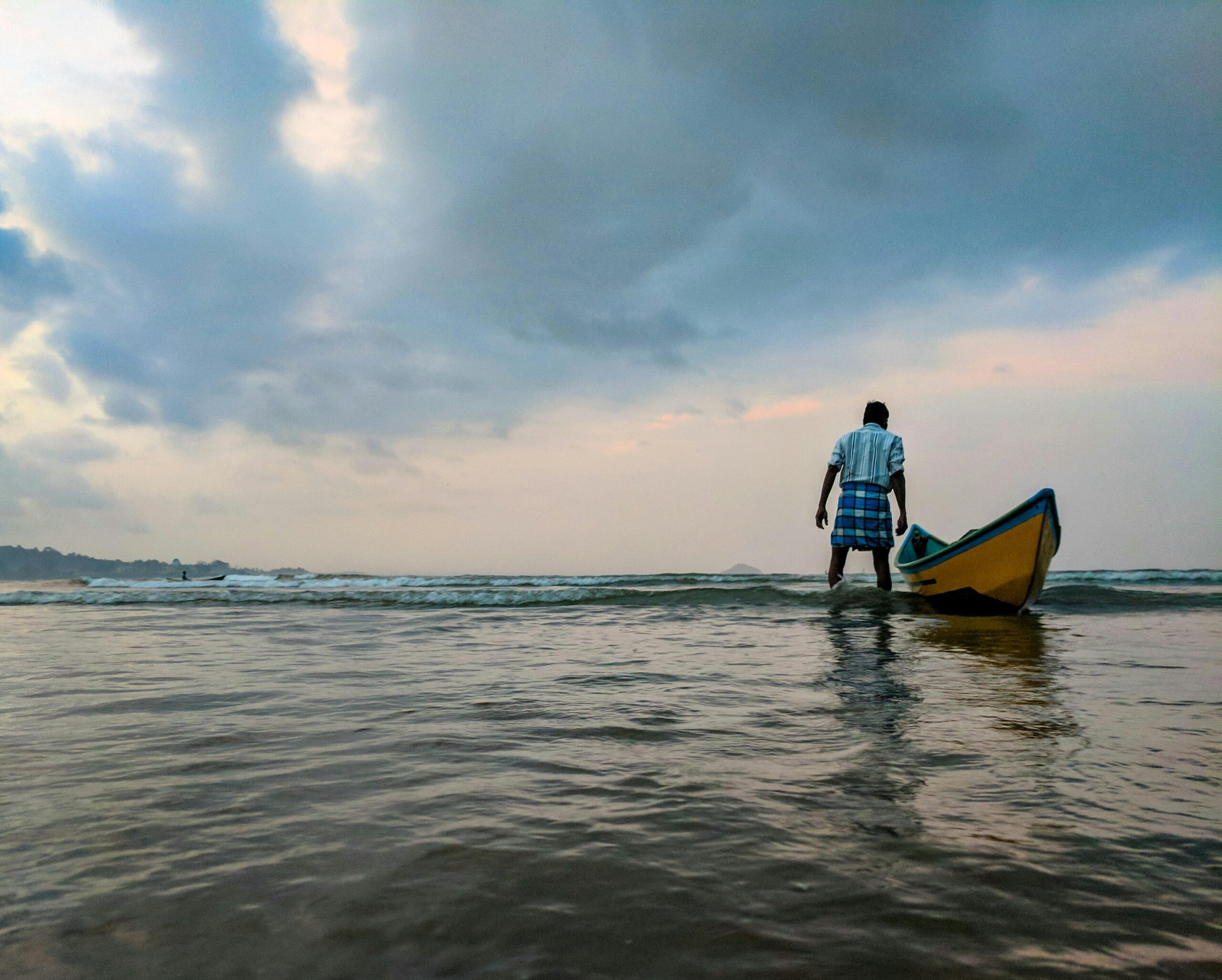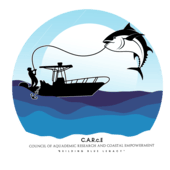
COASTAL COMMUNITY:
- History, Heritage and Legacy of Indian Coasts.
- Demographic classification of Coastal areas.
- Inter-Relations between various coastal villages, both intra and inter-state.
- Holistic description, analysis of methods of fishing used by Indian fishermen.
- Internal issues on fishing.
- Sea blindness and Awareness
- Traditional conflict resolution mechanisms adopted in coastal areas
- Relation between maritime trade and coastal communities of India.
- Critical analysis on local, National and International industries of all sectors that are dependent on Coastal areas for functioning.
- Coastal Tourism.
Coastal & Marine Ecosystems
Coastal & Marine Ecosystems: Guardians of Biodiversity and Climate Stability
Coastal and marine ecosystems are among the most biologically diverse and ecologically vital systems on Earth. They support millions of species, protect shorelines, and play a crucial role in climate regulation. However, they face severe threats from human activities and climate change.
This blog explores:
What Are Coastal & Marine Ecosystems?
Types of Coastal & Marine Ecosystems
Importance of Marine Biodiversity
Threats to Coastal & Marine Ecosystems
Conservation & Sustainable Solutions
1. What Are Coastal & Marine Ecosystems?
Coastal and marine ecosystems include oceans, seas, estuaries, mangroves, coral reefs, and salt marshes. These ecosystems:
Provide habitat for marine life
Support fisheries and tourism industries
Act as carbon sinks (Blue Carbon ecosystems)
Protect coastlines from storms and erosion
2. Types of Coastal & Marine Ecosystems
A. Coral Reefs
"Rainforests of the Sea" – Home to 25% of marine species.
Threats: Coral bleaching, ocean acidification, overfishing.
B. Mangrove Forests
Coastal protectors – Reduce storm surges & prevent erosion.
Carbon storage – Store up to 4x more carbon than rainforests.
C. Seagrass Meadows
Nurseries for fish – Support commercial fisheries.
Oxygen producers – Generate 10% of ocean’s oxygen.
D. Salt Marshes & Estuaries
Filter pollutants – Improve water quality.
Buffer zones – Absorb floodwaters.
E. Deep-Sea Ecosystems
Hydrothermal vents – Support unique extremophiles.
Deep-sea corals – Vulnerable to deep-sea mining.
3. Importance of Marine Biodiversity
Food Security – Over 3 billion people rely on seafood.
Climate Regulation – Oceans absorb 30% of CO₂ emissions.
Economic Value – Marine tourism & fishing worth $3 trillion/year.
Medical Discoveries – Marine organisms provide cancer-fighting compounds.
4. Major Threats to Coastal & Marine Ecosystems
A. Climate Change
Ocean Warming → Coral bleaching.
Sea-Level Rise → Loss of coastal habitats.
B. Overfishing & Illegal Fishing (IUU)
Depletes fish stocks – 34% of fisheries overexploited.
Bycatch – Dolphins, turtles, and seabirds killed in nets.
C. Pollution
Plastic Waste – 8 million tons/year enter oceans.
Oil Spills – Devastate marine life (e.g., Deepwater Horizon).
Agricultural Runoff – Causes dead zones (e.g., Gulf of Mexico).
D. Coastal Development
Destruction of mangroves & wetlands for resorts and ports.
E. Deep-Sea Mining
Threatens undiscovered species & habitats.
5. Conservation & Sustainable Solutions
A. Marine Protected Areas (MPAs)
30x30 Initiative – Protect 30% of oceans by 2030.
Example: Great Barrier Reef Marine Park.
B. Sustainable Fishing Practices
Aquaculture reforms (e.g., seaweed farming).
Ban on destructive trawling & drift nets.
C. Plastic Pollution Reduction
UN Global Plastics Treaty (2024).
Circular economy for plastics.
D. Blue Carbon Projects
Restoring mangroves & seagrass for carbon credits.
E. Community-Based Conservation
Local stewardship of coral reefs & fisheries.
6. The Future of Marine Ecosystems
AI & Drones – Monitor illegal fishing & coral health.
Genetic Restoration – Heat-resistant coral breeding.
Policy Shifts – Stronger international ocean governance.
Final Thoughts
Coastal and marine ecosystems are essential for life on Earth, yet they are under unprecedented threat. Protecting them requires global cooperation, sustainable policies, and individual action.
What steps will you take to protect marine life? Share your ideas below!
Join the Movement!
Support marine conservation through:
🌊 Reducing plastic use
🐠 Choosing sustainable seafood
🌏 Advocating for ocean policies






 Journals
Journals